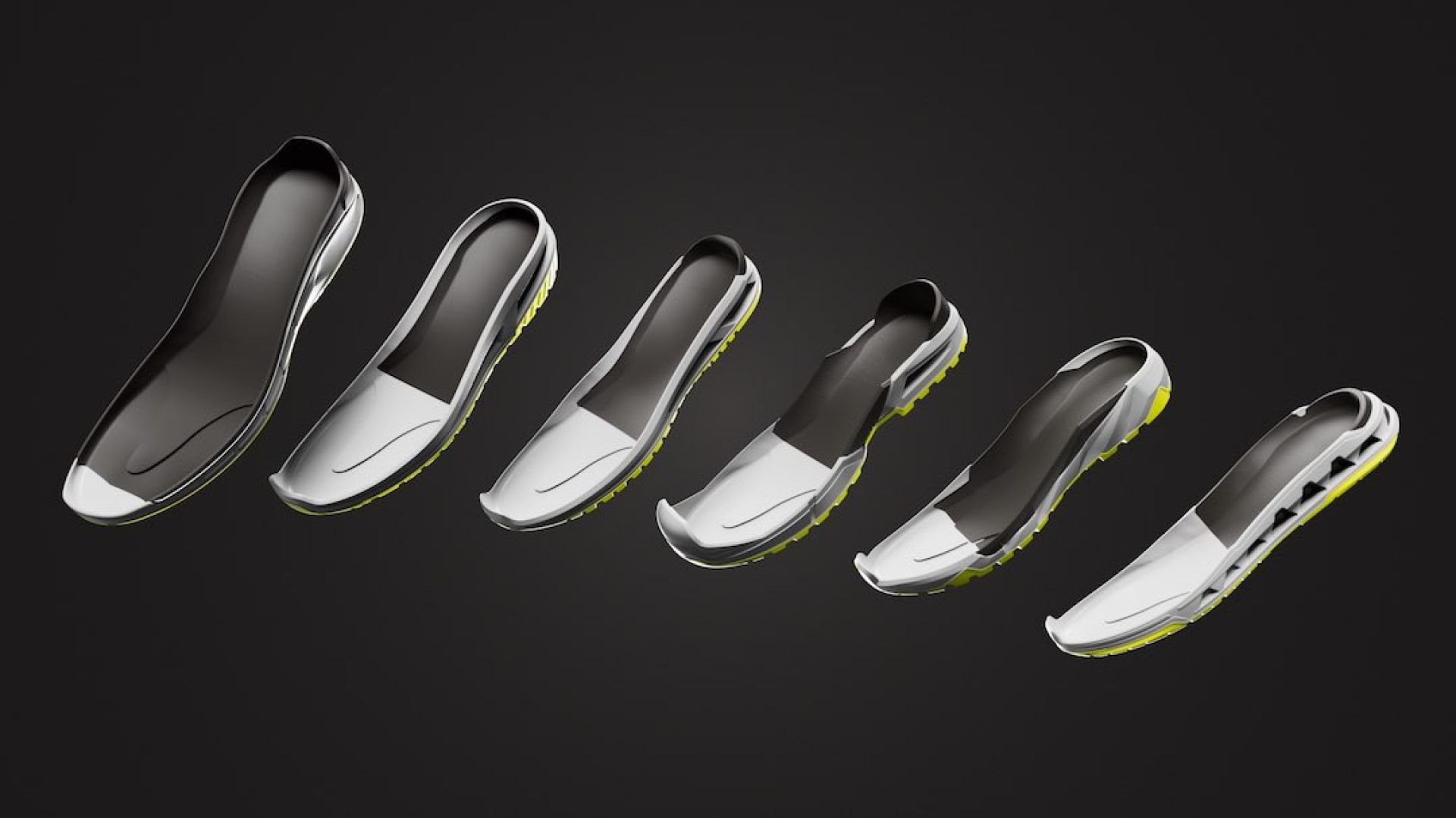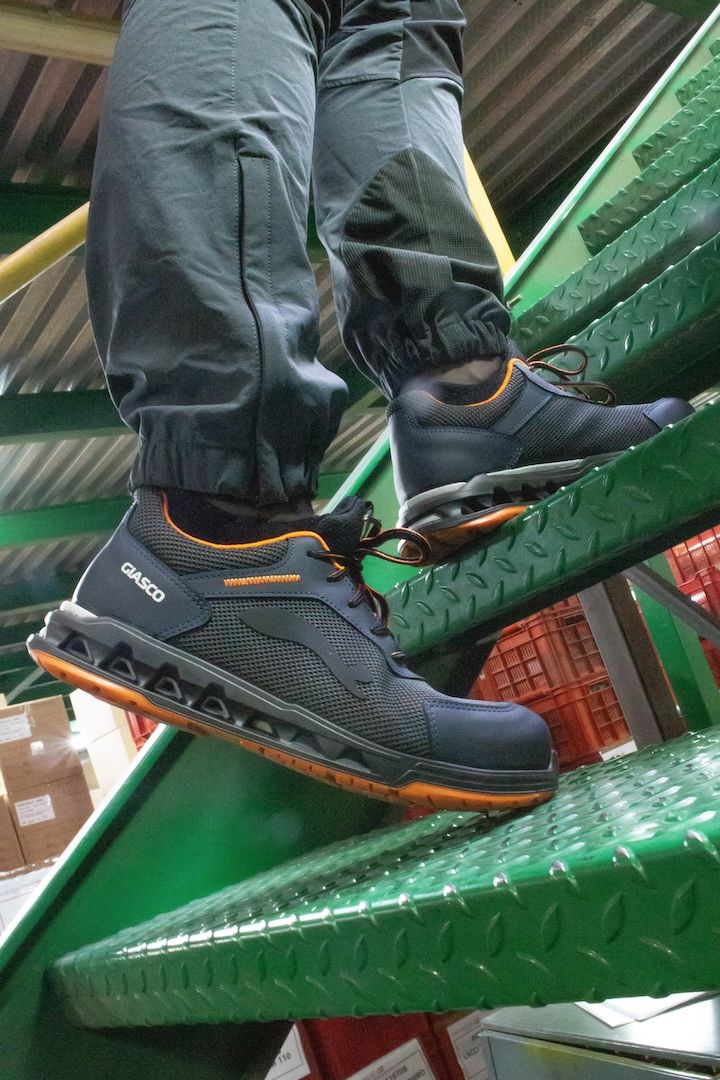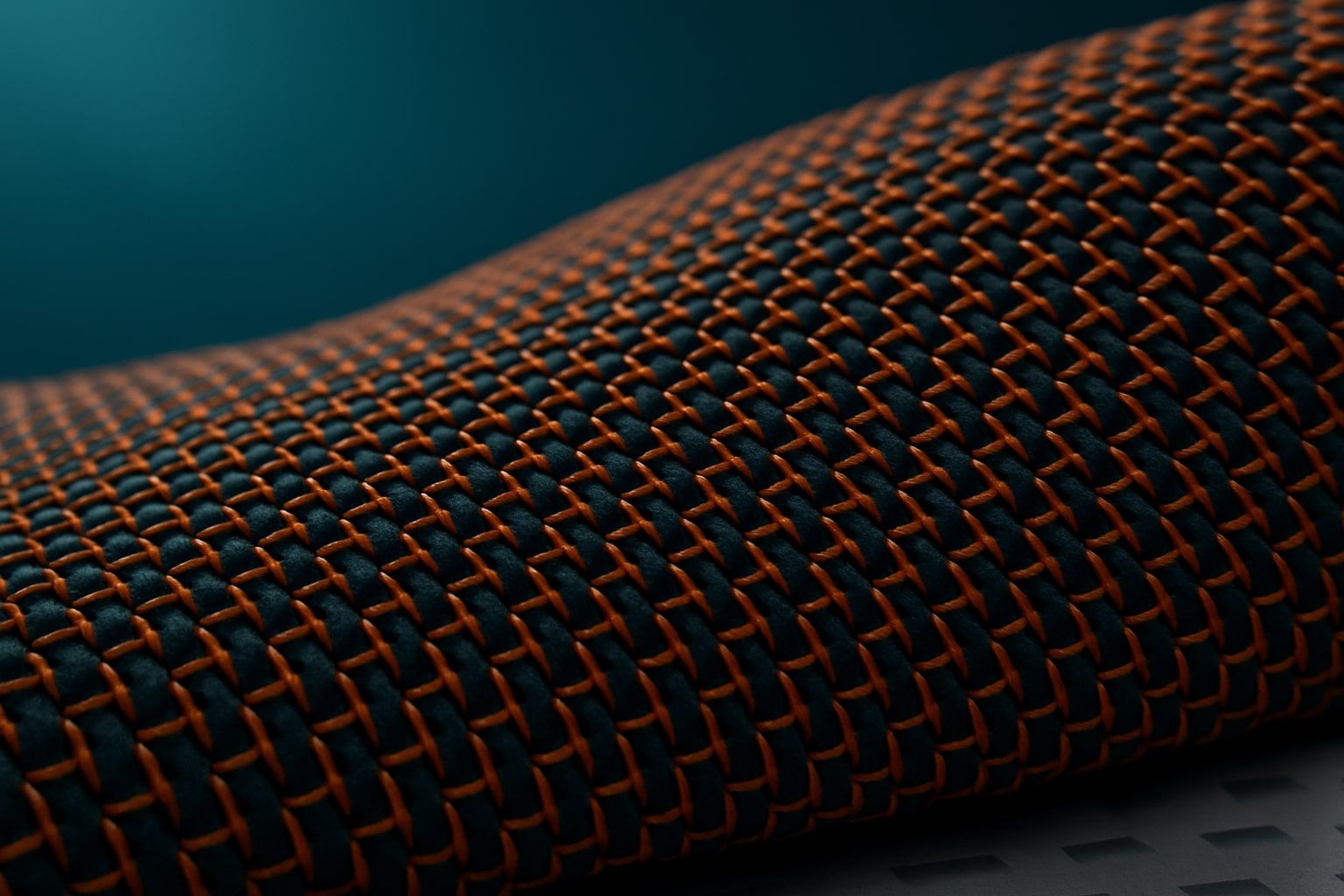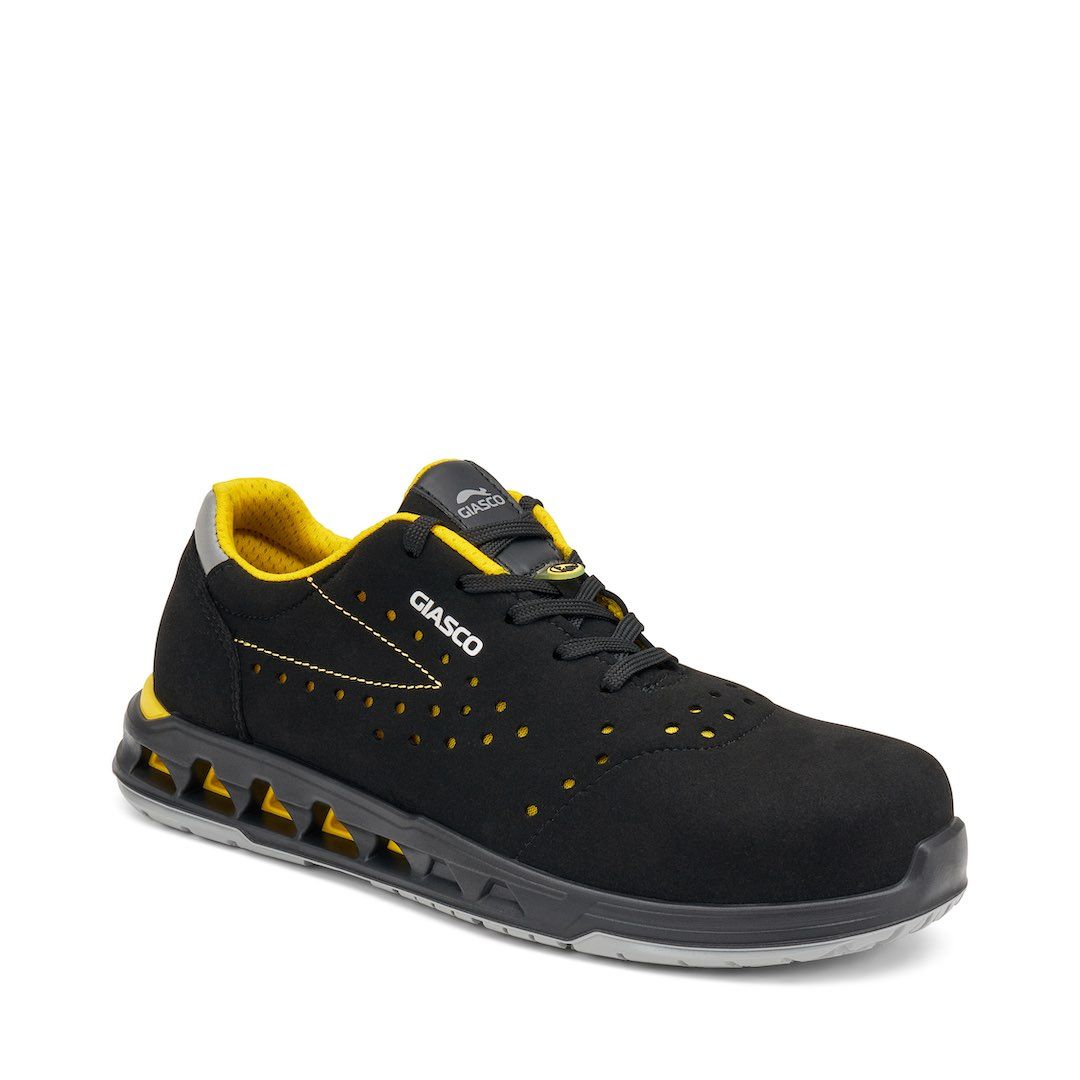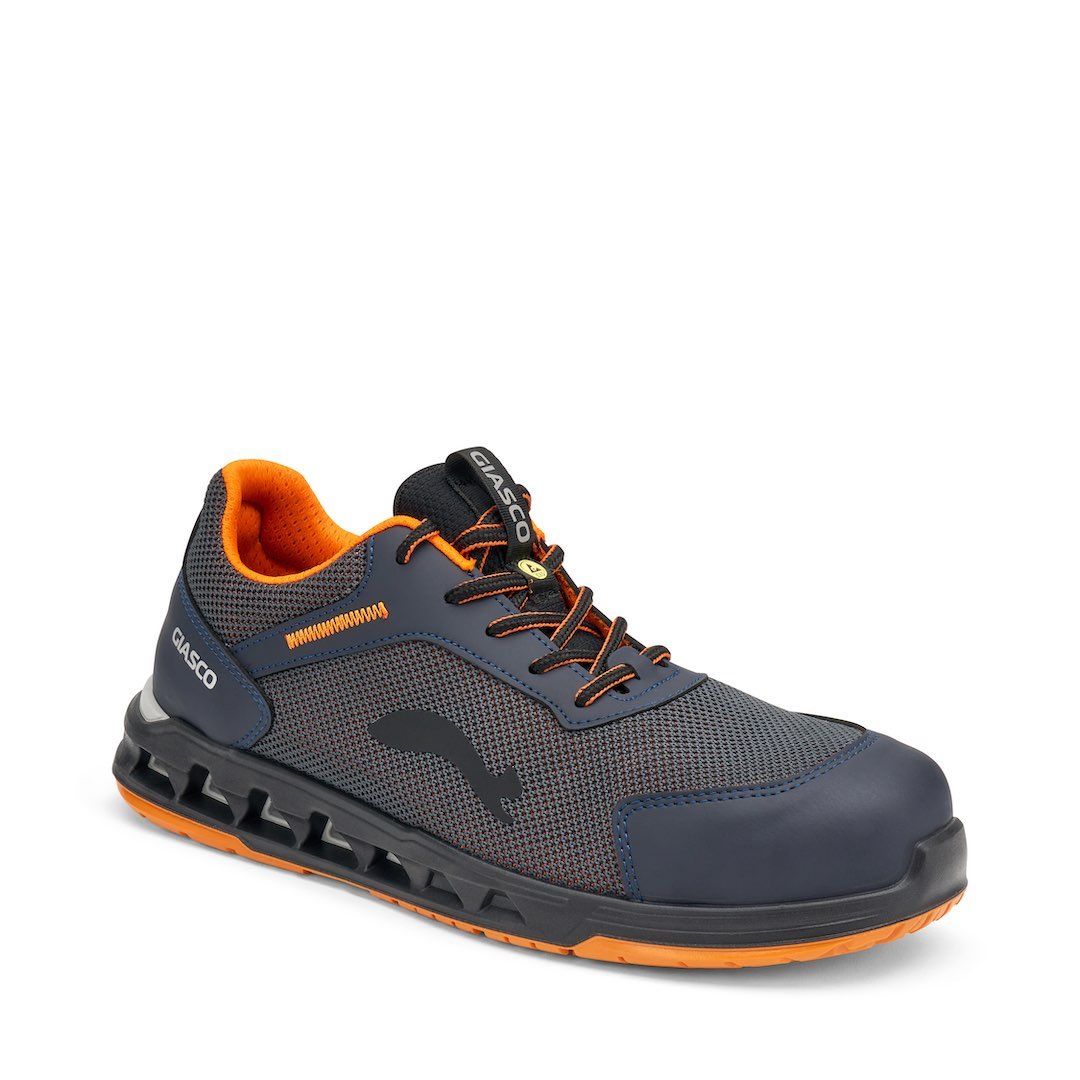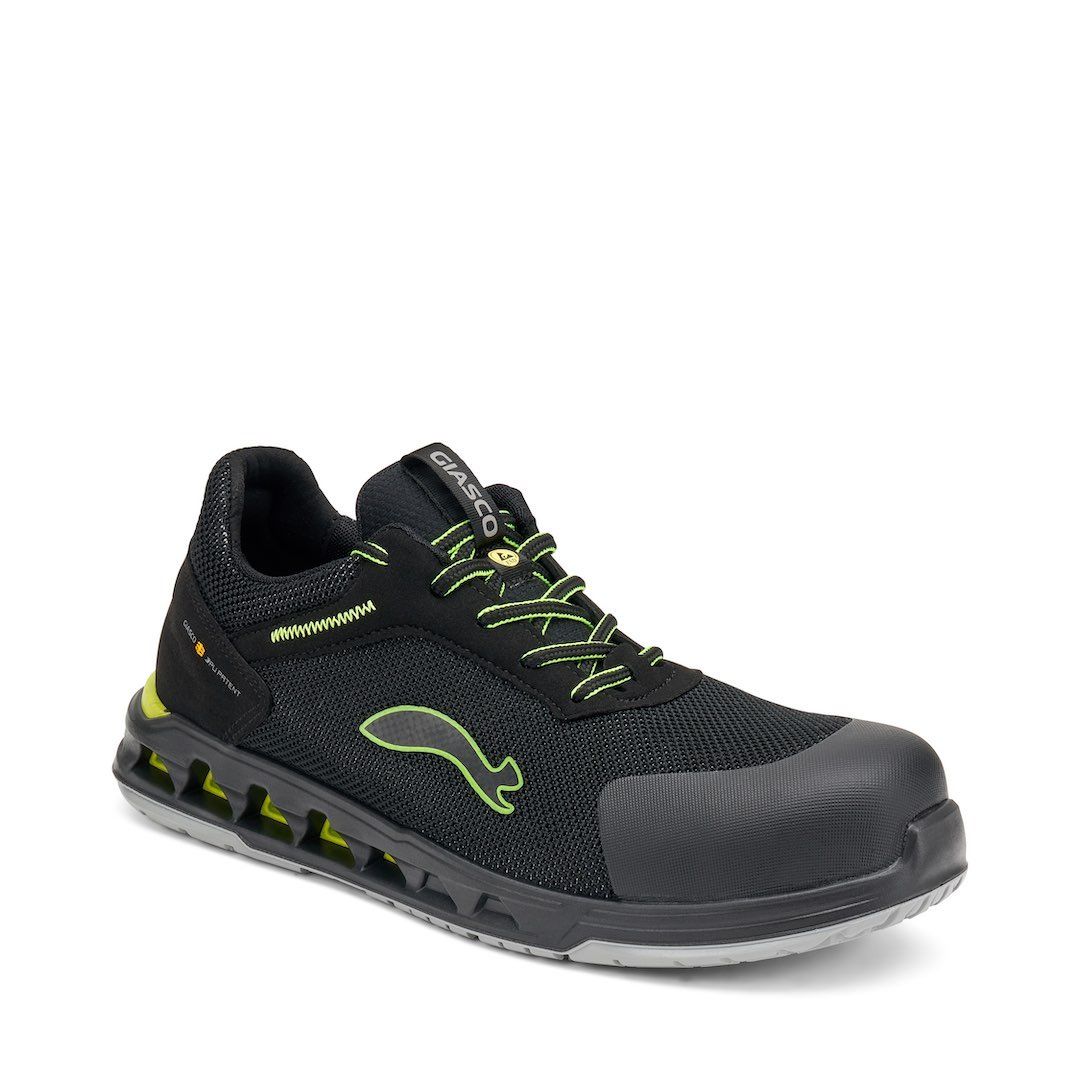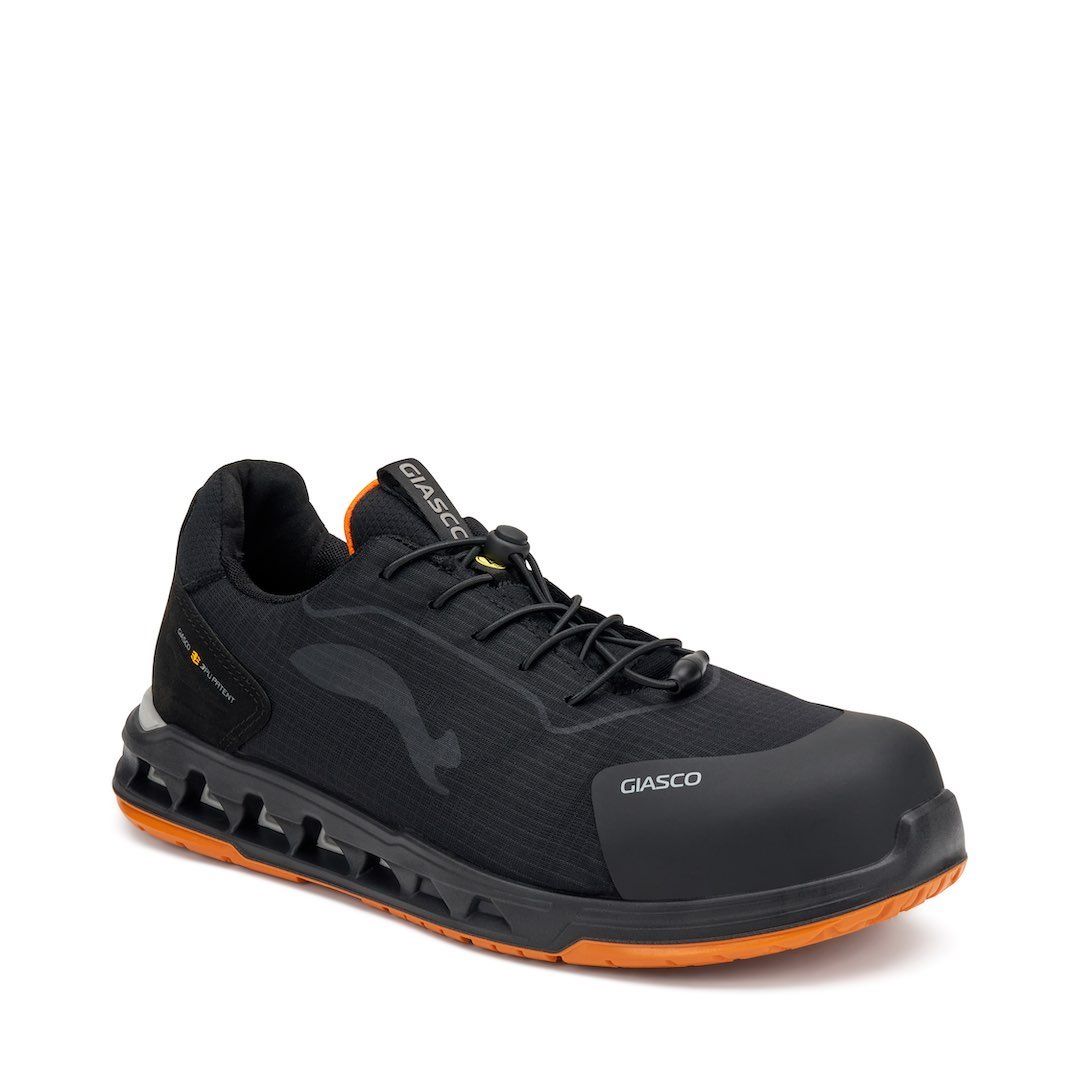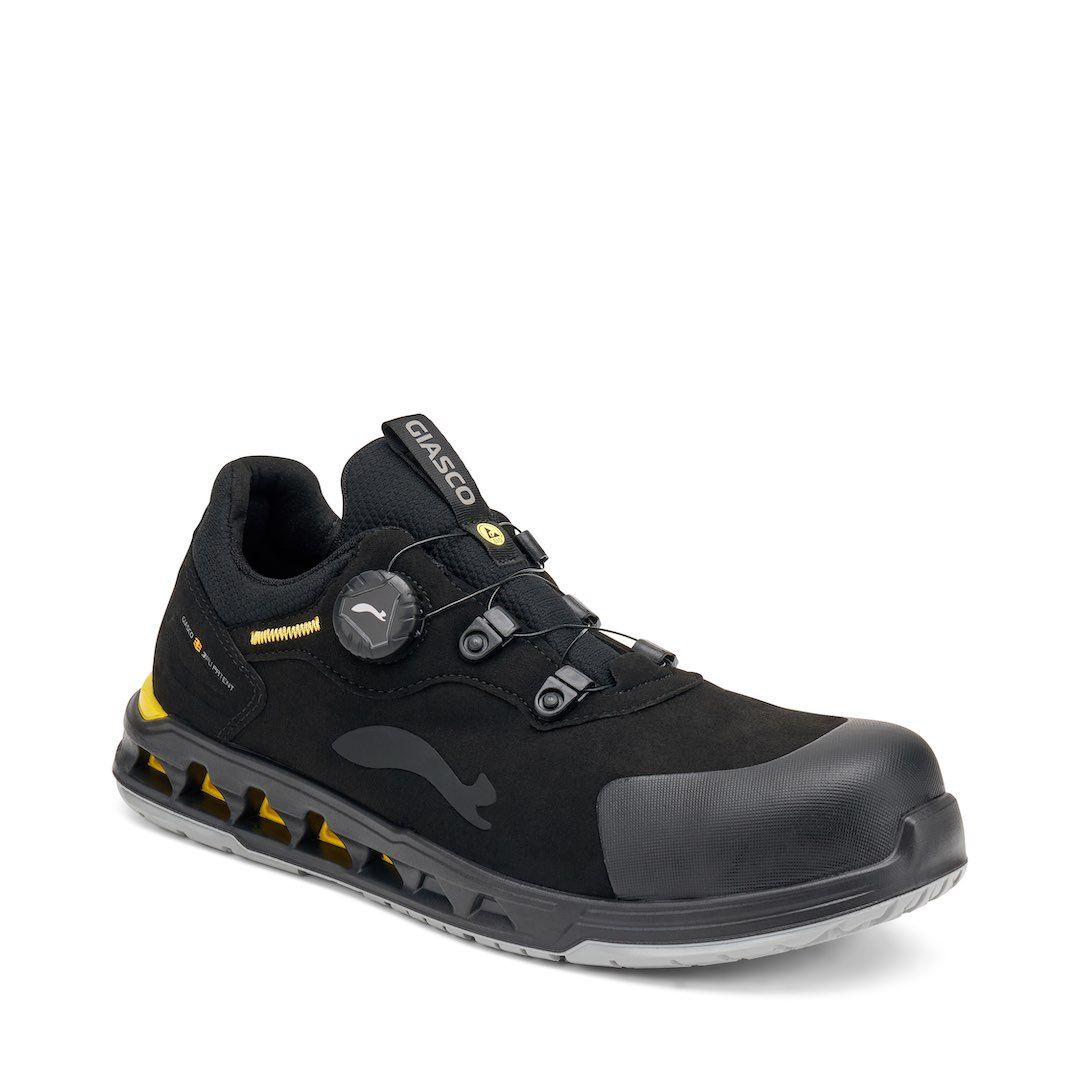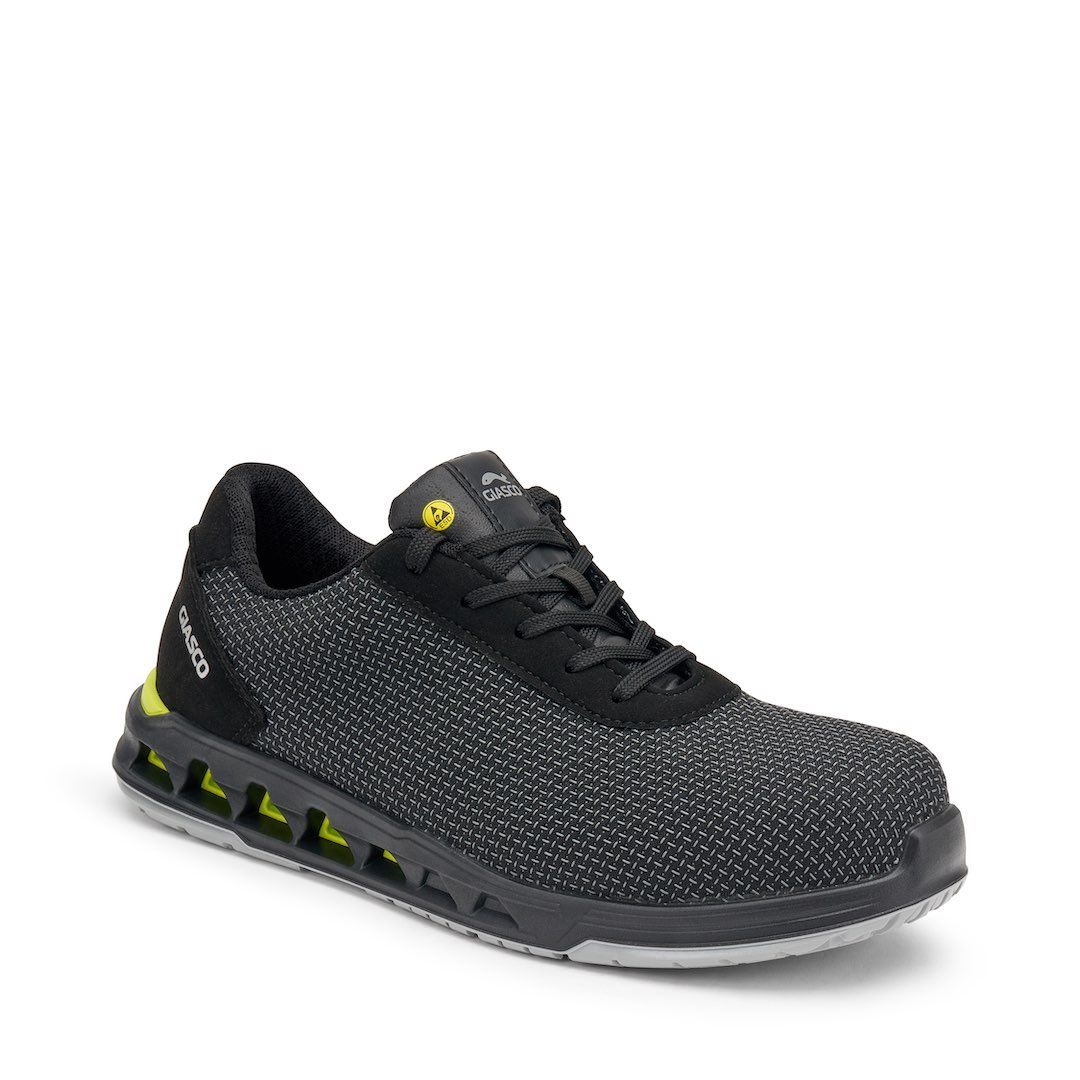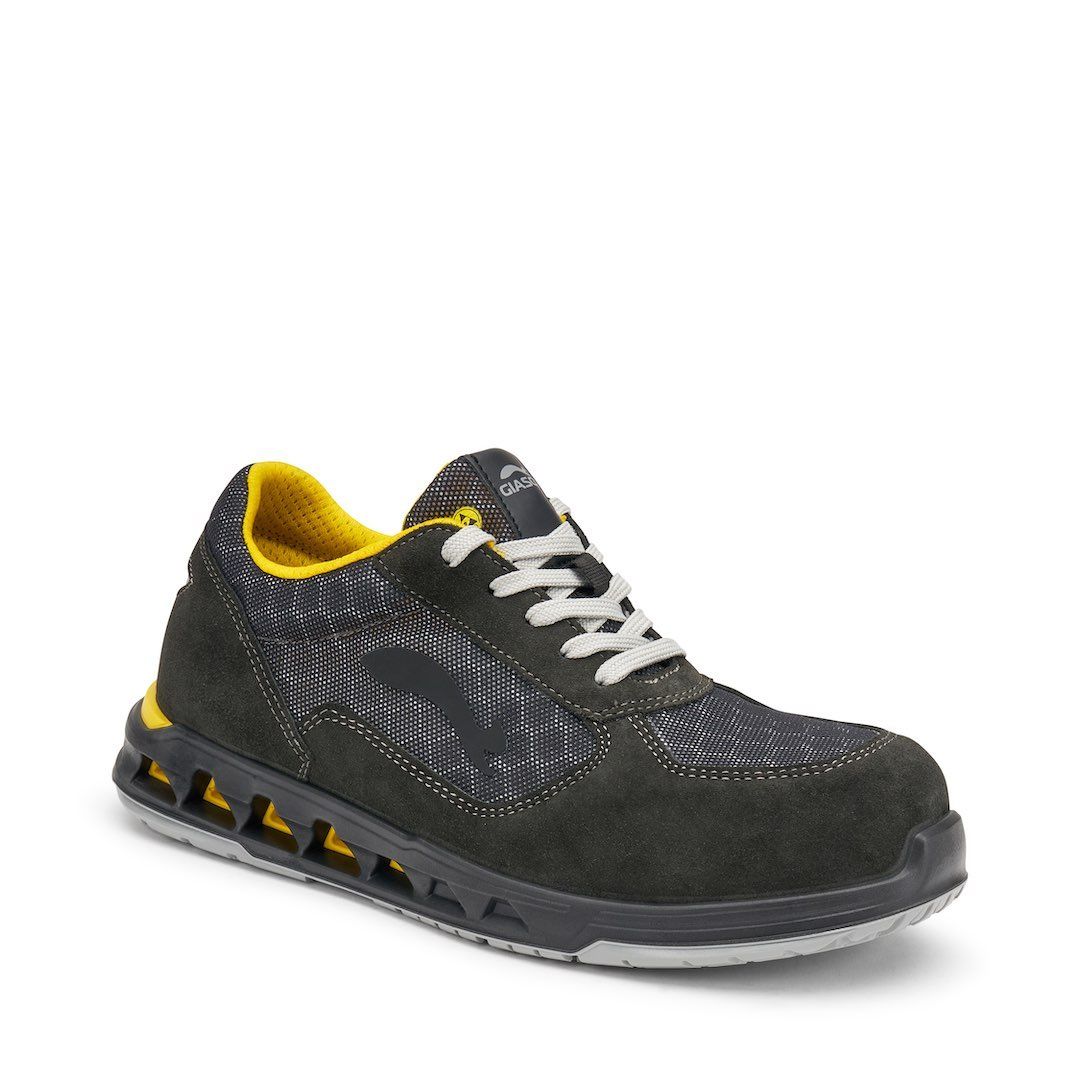Description
- Toecap: 200J polymeric composite non-thermic
- Upper: Microfiber Micro-tech Suede 1,8-2,0 mm
- Midsole: PL certified antiperforation composite fabric
- Insole: YEAH Drygo® closed-cell polyurethane, anatomical, extra comfort
- Sole: PU/Outsole, PU/Midsole, PU/Upper sole
- Other: Esd
Description and further information
Highly perspiring and abrasion resistant fabric lining.
Shoe with refracting fabric insert.
Soft and lined tongue.
COMPLETELY METAL FREE SHOETOECAP
200J polymeric composite non-thermic according to EN 22568
PL MIDSOLE flexible antiperforation composite fabric according to EN 22568
3CLOUD sole polyurethane three density anti-static, hydrolysis resistant ISO 5423:92,
to hydrocarbons and abrasion, shock-resistant and slip-resistant
INSOLE YEAH, extra comfort in closed-cell polyurethane compound patented DryGo! ®
DryGo! ® polyurethane absorbs moisture from the foot and vaporizes it quickly. Also thanks to the high anatomical, self-molding and resilience properties of polyurethane, this insole gives a prolonged well-being. Breathable, removable, anatomical, absorbent, antibacterial and esd.
Footwear meets the requirement in accordance with IEC 61340-4-3:2017 (IEC 61340-5-1:2024) for electrical resistance ESD
FO sole resistance to hydrocarbons
SR sole resistance against slipping
Size 36-49 Shoe weight Tg 42 gr.475
Size guide
| EUROPA | UK | US | MILLIMETERS | INCHES |
|---|---|---|---|---|
35 | 2,5 | 3,5 | 225 | 8,9 |
36 | 3 | 4 | 232,5 | 9,2 |
37 | 4 | 5 | 240 | 9,5 |
38 | 5 | 6 | 247,5 | 9,7 |
39 | 6 | 7 | 255 | 10 |
40 | 6,5 | 7,5 | 262,5 | 10,3 |
41 | 7 | 8 | 270 | 10,6 |
42 | 8 | 9 | 277,5 | 10,9 |
43 | 9 | 10 | 285 | 11,2 |
44 | 10 | 11 | 292,5 | 11,5 |
45 | 10,5 | 11,5 | 300 | 11,8 |
46 | 11 | 12 | 307,5 | 12,1 |
47 | 12 | 13 | 315 | 12,4 |
48 | 13 | 14 | 322,5 | 12,7 |
49 | 14 | 15 | 330 | 13 |
ANTI-SLIP RESULTS
Forward Heel
(heel slip 7°)
Backward heel
(heel slip 7°)
Forward Heel
(heel slip 7°)
Backward heel
(heel slip 7°)
Recommended areas of use




Certifications applied
Certifications

Certifications

Certifications

Certifications

Certifications

Certifications

Technical materials
Technical materials

Technical materials

Technical materials

Technical materials

Technical materials

High-resistance TEXTILE anti-perforation midsole. Protects the foot from penetration by dangerous and sharp objects. At the same time, it ensures maximum flexibility and lightness for the foot.
COMPOSITE toe cap resistant to impacts up to 200 Joules, lightweight and metal-free, ideal for safely protecting the toes without adding weight to the footwear.
Unlike other materials, composite offers several advantages: thermal insulation (does not transmit heat), non-magnetic (not detected by metal detectors), and memory (in case of compression, it returns to its original shape, leaving toes free).
Technical materials

Technical materials

Microtech is a water-repellent, breathable, and durable suede-effect microfiber that adds structure and lightness to the footwear. It ensures lasting durability, a soft touch, and high resistance to abrasion and tearing.
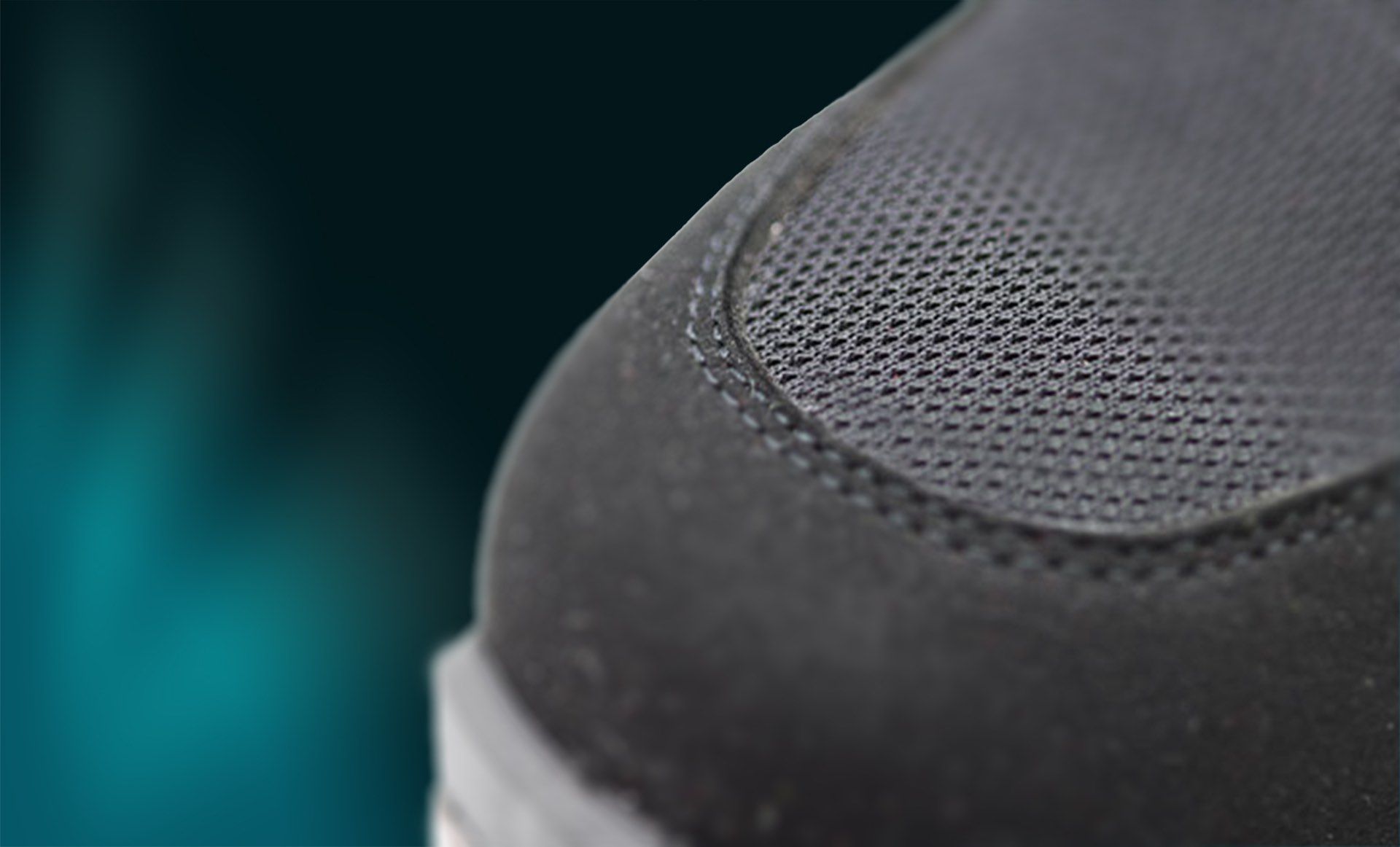
Technical materials

Three to Be® - Tripla Densità Iniettata technology represents one of the most advanced results of our R&D efforts. Patented by Giasco, it integrates three entirely polyurethane-injected sole layers to optimize safety shoe performance in terms of comfort, stability, and slip resistance.
